I know the general rule that we should test a trained classifier only on the testing set.
But now comes the question: When I have an already trained and tested classifier ready, can I apply it to the same dataset that was the base of the training and testing set? Or do I have to apply it to a new predicting set that is different from the training+testing set?
And what if I predict a label column of a time series (edited later: I do not mean to create a classical time series analysis here, but just a broad selection of columns from a typical database, weekly, monthly or randomly stored data that I convert into separate feature columns, each for one week / month / year ...), do I have to shift all of the features (not just the past columns of the time series label column, but also all other normal features) of the training+testing set back to a point in time where the data has no "knowledge" interception with the predicting set?
I would then train and test the classifier on features shifted to the past by n months, scoring against a label column that is unshifted and most recent, and then predicting from most recent, unshifted features. Shifted and unshifted features have the same number of columns, I align shifted and unshifted features by assigning the column names of the shifted features to the unshifted features.
p.s.:
p.s.1: The general approach on https://en.wikipedia.org/wiki/Dependent_and_independent_variables
In data mining tools (for multivariate statistics and machine learning), the dependent variable is assigned a role as target variable (or in some tools as label attribute), while an independent variable may be assigned a role as regular variable.[8] Known values for the target variable are provided for the training data set and test data set, but should be predicted for other data.
p.s.2: In this basic tutorial we can see that the predicting set is made different: https://scikit-learn.org/stable/tutorial/basic/tutorial.html
We select the training set with the [:-1] Python syntax, which produces a new array that contains all > but the last item from digits.data: […] Now you can predict new values. In this case, you’ll predict using the last image from digits.data [-1:]. By predicting, you’ll determine the image from the training set that best matches the last image.

